The Truth About Invisalign Attachments
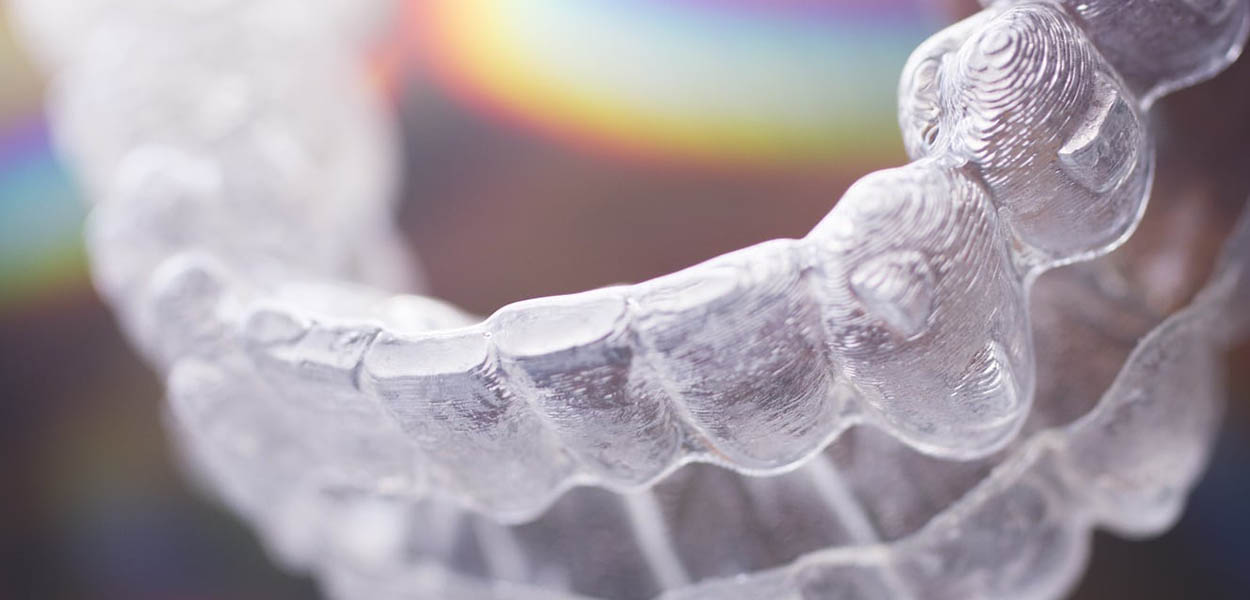
Invisalign treatment is touted as being the almost invisible and totally comfortable way to straighten teeth. But is that reality? Most patients with more serious malocclusions would probably say otherwise, especially if their treatment involves the use of buttons or attachments.
“The marketing behind Invisalign is powerful, but like with anything else, it’s always best to read reviews from actual patients to determine the true reality of using Invisalign, or anything else,” says Dr. Michael Stosich. “Most people probably aren’t even aware that many Invisalign patients will also require the use of buttons and attachments to get the smile they want, and that these will add to the visibility and reduce the comfort of their aligners.”
So what exactly are buttons and attachments? Attachments are small, tooth colored dots made of dental bonding. They are placed in certain locations on the teeth to provide extra grip for the aligners. The attachment creates the anchor point that is needed to help apply the force of the aligner. Buttons are small brackets that serve as an anchor so the orthodontist can introduce rubber bands to the treatment plan.
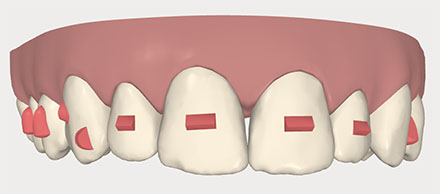
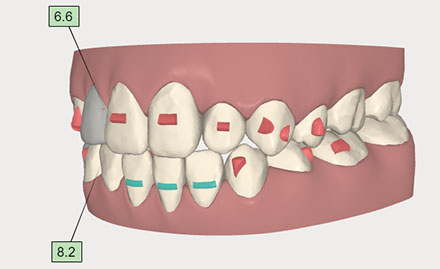
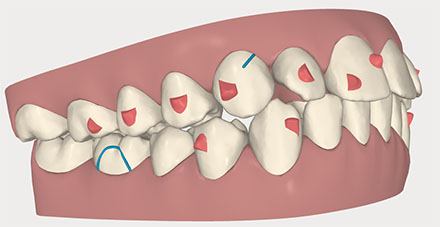
“The use of attachments and buttons often comes as a surprise to patients who have read about Invisalign,” says Dr. Stosich. “The use of these isn’t discussed because Invisalign is often marketed as the ‘no wires, no brackets’ option. But, unless you have a very minor malocclusion, your orthodontist will most likely need to use some combination of attachments and/or buttons to achieve your smile.”
And that means a few things for the patient. First, your treatment will no longer be as simple and as comfortable as it might have been pitched. Many patients who use attachments and buttons find it can be difficult when putting in and removing the aligners because the aligners will now fit more snugly due to the attachments. Some patients even describe it as painful to take the aligners in or out. When your aligners aren’t in, you may also find that the buttons and attachments irritate the inside of your mouth.
Another disadvantage is that brushing and flossing isn’t as easy anymore. You now have areas where food and debris can accumulate, so you’ll have to take extra time to be sure you have thoroughly cleaned around the attachments and buttons.
To apply the attachments, your orthodontist will use a template aligner that has gaps in it where the attachments will be on your teeth. First, the surface of your tooth will need to be roughened up a bit to create a surface to which the attachment will adhere. Then, the template aligner will be put in, and the gel that will harden to become the attachment will be inserted in those gaps. A light will harden the gel. Once hardened, the template aligner will be removed and the orthodontist will remove any excess gel that has found its way onto the teeth.
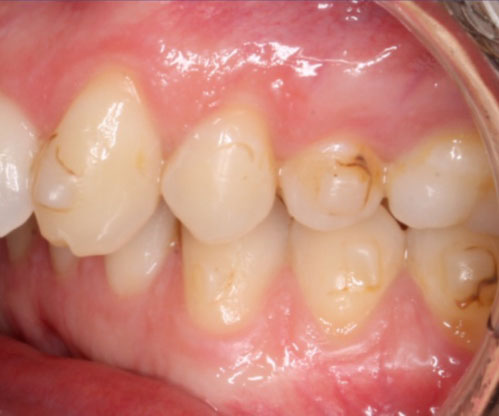
Once the attachments are placed, patients often find that their time in treatment changes almost dramatically. The aligners are no longer easy to pop in and out because the attachments make them fit much more snug than before. For many patients, taking the aligners in and out can now take several minutes, and some patients even need to use a special tool, similar to a plastic pick, to remove them. And once the attachments are placed, the aligners will feel much tighter than they did previously. Some patients find the wearing of the aligners even borders on painful once they’ve had attachments placed.
“I always want orthodontic patients to be completely informed about any orthodontic treatment they may be considering,” says Dr. Stosich. “An informed patient is often a better, more compliant patient because they are aware of what to expect throughout the course of treatment. Invisalign may be great and pleasant for some patients, but it won’t be for all. Like anything in orthodontics, there isn’t a simple one size fits all solution. Before option for any treatment, it is important to have an orthodontist fully explain the treatment process, as well as to read reviews from real patients to understand how the treatment works with real life.”
Banner Image courtesy of: http://euniceannabel.blogspot.ca/2015/10/my-invisalign-journey-at-identalsg-5.html


